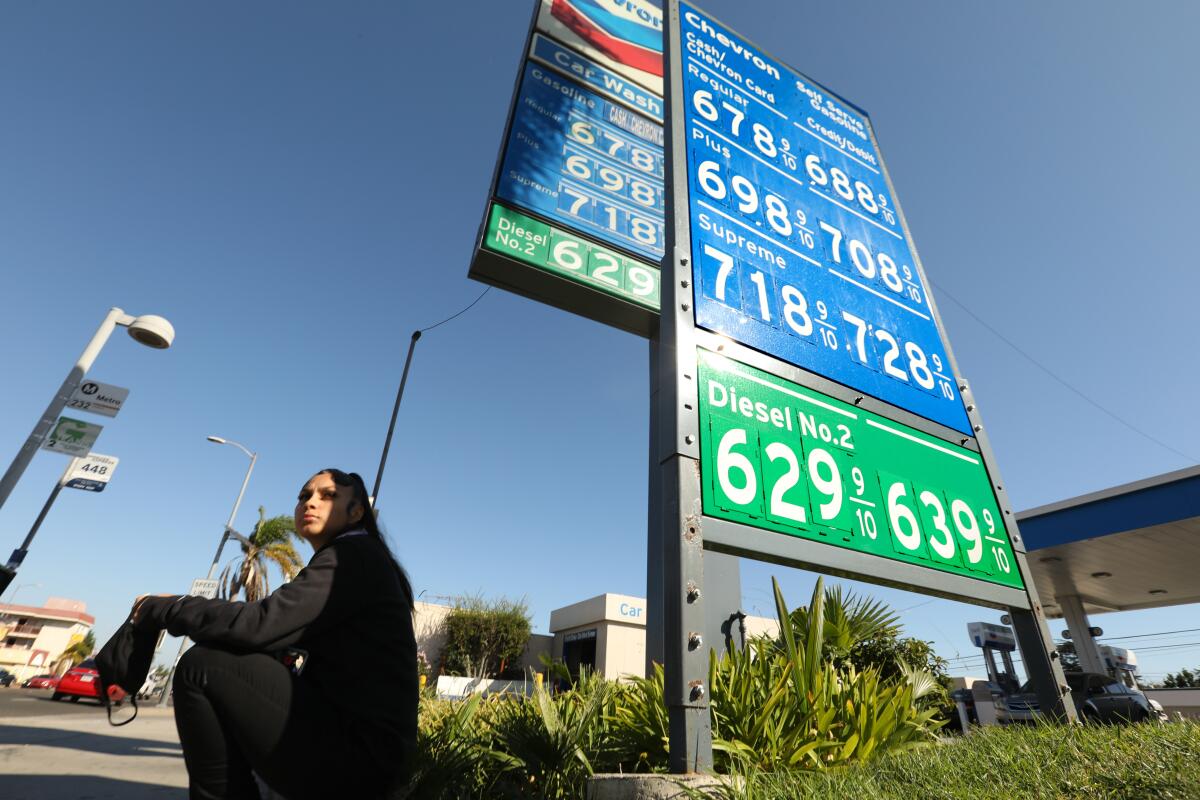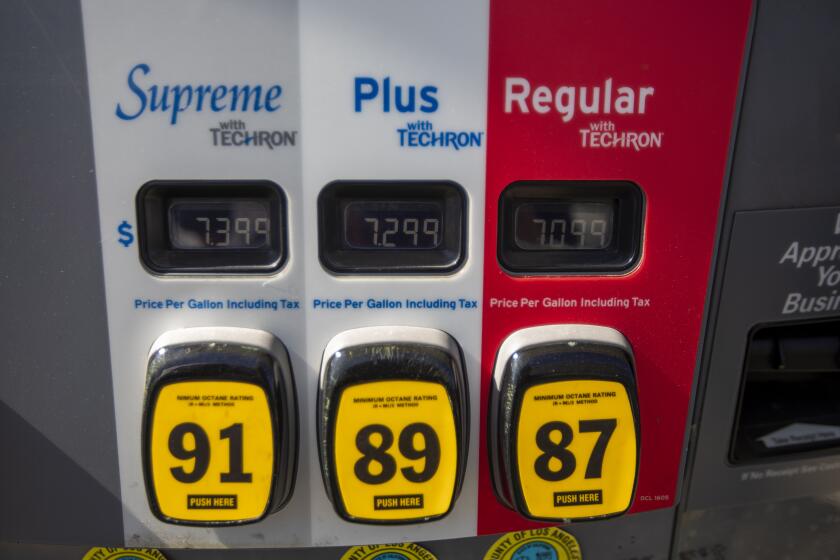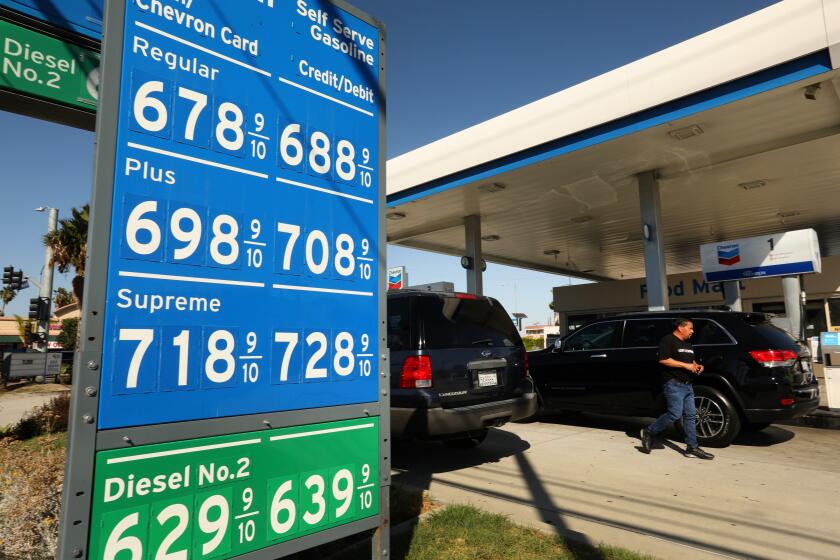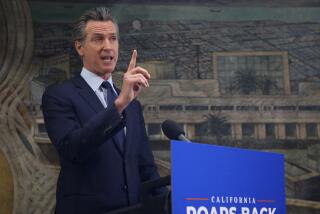23 million Californians will get gas tax refunds beginning today: What you need to know

The Golden State will send tax refunds to about 23 million Californians starting Friday to help them navigate the rising costs due to inflation.
California will spend $9.5 billion as part of the âMiddle Class Tax Refundâ program, with one-time payments ranging from $400 to $1,050 for couples who filed jointly on their 2020 state income tax return and $200 to $700 for those who filed independently.
For the record:
10:46 a.m. Oct. 7, 2022A previous version incorrectly stated the lowest amount Californians could receive was $400 to $700 if they filed independently. The correct amounts are $200 to $700.
Payments will arrive in several ways starting Friday, including direct deposits to roughly 8 million bank accounts for those who e-filed their 2020 state income tax return. The state expects the majority of all direct deposits to hit bank accounts by the end of October, and more will be sent out through Nov. 14. An additional 10 million payments will be mailed on debit cards to California residents. Those recipients can expect their payments to arrive from Oct. 25 to Jan. 15, according to the state Franchise Tax Board.
Eligible residents will need to have filed their 2020 tax return by Oct. 15, 2021, meet the stateâs adjusted gross income limits and not have been claimed as a dependent in 2020. Individuals will also have to have lived in California for six months or more in 2020 and be a California resident when the payment is issued.
Economically speaking, the vibes are off. Hereâs what you should be doing with your money, according to financial experts.
The state estimates 18 million payments will be sent out to help Californians weather inflationary prices.
âWe know itâs expensive right now, and California is putting money back into your pockets to help. Weâre sending out refunds worth over a thousand dollars to help families pay for everything from groceries to gas,â Gov. Gavin Newsom said in a written statement.
California residents can learn more about eligibility via the Franchise Tax Board.
The cost of food, shelter and medical care have all spiked over the last year. The U.S. Labor Departmentâs inflation data for August was 8.3% when compared with the same time last year, and in July, the figure was 8.5%.
The new California âtax refundâ isnât really a tax refund. But what is it? The uncertainty is why the taxability question is hard to answer.
Data show the Los Angeles area, which includes Orange County, saw a 7.6% increase over all items and goods through the month of August. Food prices are up over 9% and energy prices rose 20.7%, mainly because of the demand increase and rising cost of gasoline.
A year ago, Californians paid an average of $4.42 for a gallon of gas. The current average is $6.42, according to the American Automobile Assn. High demand, coupled with a diminishing domestic supply, has led to soaring prices at the pump.
Relief is not likely to arrive anytime soon because of decisions on the global stage. Some of the worldâs most influential oil producers announced deep cuts Wednesday to the volume of oil barrels that will be produced.
The Organization of the Petroleum Exporting Countries and allies including Russia, collectively referred to as OPEC+, announced a reduction of 2 million barrels per day, the largest cut since 2020, in order to drive up the cost of oil. Prices have plummeted in recent months because of fears of a global economic recession, which prompted the oil cartel to pump the brakes on production.
The average price for a gallon of regular gas in Los Angeles County hit $6.494, but despite the OPEC+ news, Californians should expect some relief at the pump soon.
The announcement drew immediate ire from President Biden, who called the move âshortsightedâ and a reminder why the United States needs to wean itself off foreign sources of oil.
âAt a time when maintaining a global supply of energy is of paramount importance, this decision will have the most negative impact on lower- and middle-income countries that are already reeling from elevated energy prices,â the White House said in a statement.
Basic strategies to survive inflation involve spending (or saving) less or earning more. Or, if youâre retired, using more of your savings.
More to Read
Sign up for Essential California
The most important California stories and recommendations in your inbox every morning.
You may occasionally receive promotional content from the Los Angeles Times.















